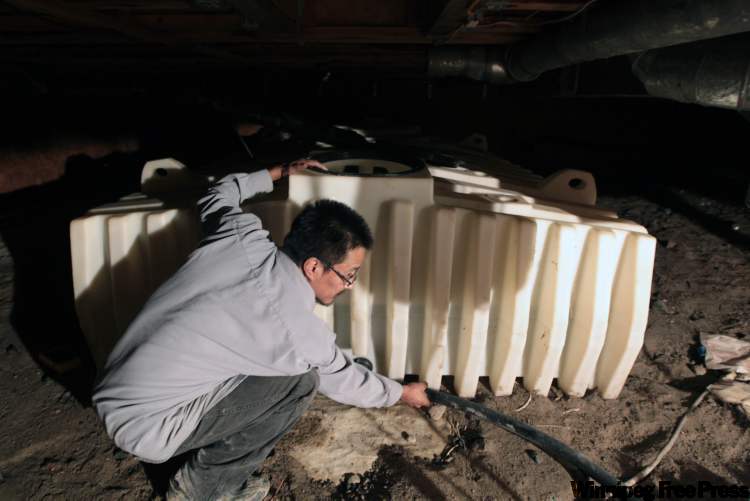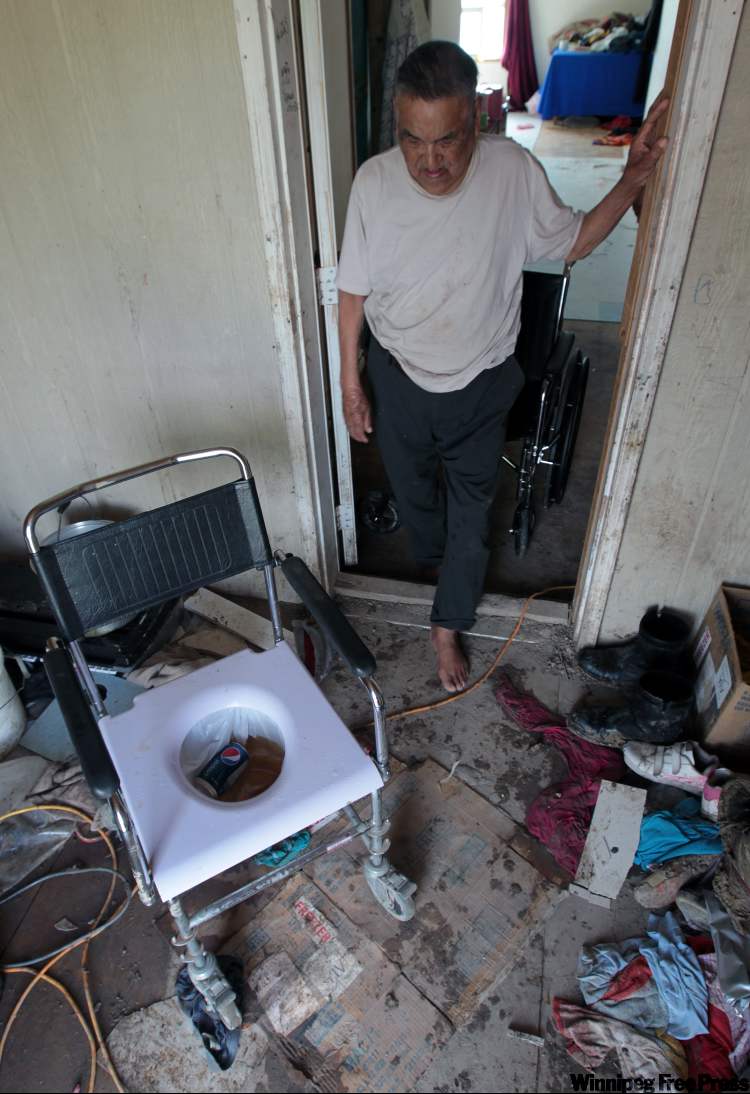Keep on truckin’
Advertisement
Read this article for free:
or
Already have an account? Log in here »
To continue reading, please subscribe:
Monthly Digital Subscription
$0 for the first 4 weeks*
- Enjoy unlimited reading on winnipegfreepress.com
- Read the E-Edition, our digital replica newspaper
- Access News Break, our award-winning app
- Play interactive puzzles
*No charge for 4 weeks then price increases to the regular rate of $19.00 plus GST every four weeks. Offer available to new and qualified returning subscribers only. Cancel any time.
Monthly Digital Subscription
$4.75/week*
- Enjoy unlimited reading on winnipegfreepress.com
- Read the E-Edition, our digital replica newspaper
- Access News Break, our award-winning app
- Play interactive puzzles
*Billed as $19 plus GST every four weeks. Cancel any time.
To continue reading, please subscribe:
Add Free Press access to your Brandon Sun subscription for only an additional
$1 for the first 4 weeks*
*Your next subscription payment will increase by $1.00 and you will be charged $16.99 plus GST for four weeks. After four weeks, your payment will increase to $23.99 plus GST every four weeks.
Read unlimited articles for free today:
or
Already have an account? Log in here »
Hey there, time traveller!
This article was published 06/11/2010 (5516 days ago), so information in it may no longer be current.
Underground water pipes, bitterly cold winters and the rocky Canadian Shield don’t mix well.
In-home pumps send the water to taps that provide families with running water — unless the tank runs dry or the pump fails.
The terrain doesn’t suit septic fields either, so sewage is often stored in home septic tanks and trucked back to treatment lagoons.

The solution seems especially suited to places such as Island Lake, where residents like their space.
In St. Theresa Point, people who grew up in the bush kilometres from their nearest neighbour opted to build their reserve homes along a six-kilometre peninsula. The cost of blasting rock to lay pipes to every home would be enormous.
Some First Nations want to have “Willowdale in the wilderness” with water and sewer lines to every home, said Harry Swain, former deputy minister of Indian and Northern Affairs Canada, who also chaired a panel of the Walkerton inquiry on Ontario’s drinking-water catastrophe.
“The idea that a reserve community should look like ex-urban Toronto with one house per acre and then you’re going to build telephone wires and electrical wires and water distribution and sewage collection and roads and so on. Come on.”
Many Manitoba First Nations reserves — and some of the newer homes at Island Lake — rely on water delivery trucks such as the one Ryan Monias drives in St. Theresa Point. Ironically, his home has no plumbing, so he can’t deliver water to his own family and has to haul buckets from a communal tap.
“That sucks,” he admits.
About 4,700 litres of water are delivered every 12 days or so for $25. For a family of six, that works out to 65 litres per person a day — about one-fifth of what Winnipeggers use, but at least it’s above the UN guideline for health.
There’s one major flaw with the system — tanks must be cleaned occasionally to prevent the growth of bacteria and mould. Special training is required to work with harsh chemicals such as chlorine in confined spaces under homes where many water cisterns are stored to keep them from freezing in winter. It’s not a good idea to leave that up to homeowners, but there’s still no systematic cleaning program for the 4,500 cisterns on Manitoba reserves, four years after the Expert Panel on Safe Drinking Water for First Nations recommended regulations for cistern maintenance.
In 2009, 11 per cent of Manitoba First Nations cistern water samples failed safety tests, compared to a failure rate of less than three per cent for water piped from a treatment plant. That’s eight years after consultants warned INAC that an overwhelming percentage of the bacteria contamination in drinking water on Manitoba reserves was from cisterns in truck-delivery programs.
Robert Little of Garden Hill is among the victims.
His family has been ordered not to drink water from the cistern under his house because the tank, pump and water lines to taps are plugged with black sludge.
“The kids were getting sick. Their tummy hurts and they were having headaches. I used to take them to the nursing station,” the father said.
He has been waiting a couple of years to get the home’s water system cleaned.

In the meantime, he and his family have reverted to what so many others in town are still doing — hauling water pails from a communal tap. Garden Hill has only two public taps left now that half the community has running water, so the outdoor taps are no longer in walking distance for Little.
“Right now I’ve got a flat tire, and I don’t know how I’m going to get some water. It costs about $5 one way to use the taxi,” Little said.
“A couple of months ago, I didn’t have any water, so I had no choice but to drink from the tap,” he said. “I was kind of sick for a few days.”
Families in Red Sucker Lake with water-storage tanks have also gone back to hauling water buckets after recent testing found bacteria in every cistern checked.
In September, Garden Hill First Nation was able to train a couple of local people to clean the tanks, but there’s only enough funding to pay $66 per tank. The job takes two workers half a day.
Meanwhile, Chris Taylor’s storage tank in Garden Hill is not big enough to meet the needs of a son with cerebral palsy. The young man has to have his diapers changed four times a day and be bathed every evening. When Taylor runs out of water, he has to haul it from the lake.
His father across the road has kidney disease and might have to move to Winnipeg if he can’t get running water in his house. “My dad, he’s sitting in a wheelchair and he… just has a pail to go to the toilet.”
Their side of the community is supposed to get piped water, but INAC has not committed to a date.
“How many years is that gonna be in the future?” a frustrated Taylor asks. “We need running water over here for our health problems.”
These stories were partially funded by a journalism award from the Canadian Institutes of Health Research.

